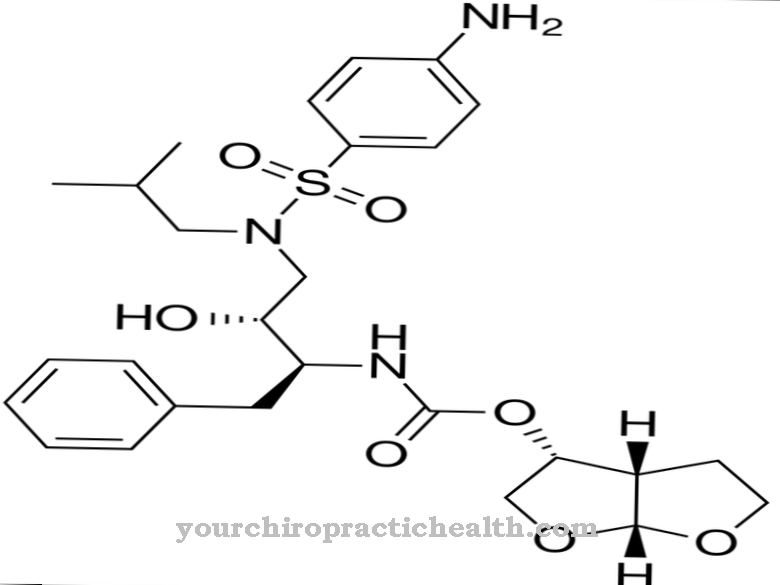At Trifluoperazine it is a neuroleptic. Due to its chemical and pharmacological properties, it is assigned to the phenothiazine class of active ingredients. However, trifluoperazine is less common in Germany, Austria and Switzerland. It's not on the regular drug market here.
What is trifluoperazine?
Trifluoperazine belongs to the class of drugs known as neuroleptics. The drug is used in human medicine for the treatment of numerous mental illnesses. The treatment is carried out by a psychiatrist.
Trifluoperazine is hardly widespread in German-speaking countries. The only preparation so far that contains trifluoperazine as an essential active ingredient is Jatroneural®. However, this is not available on the regular pharmaceutical market in Germany, Austria and Switzerland.
From a chemical point of view, trifluoperazine is a piperazine-substituted derivative of phenothiazine. The effects are described in the literature as antiemetic. This means that the active ingredient can suppress nausea and nausea, which is typical for representatives of its class of active ingredients. In addition to psychiatric use, it can also be used to treat nausea. Here, however, the dosage will have to be adjusted accordingly.
In addition to the antiemetic effect, there are also sedating and anti-adrenergic effects. Processes are described as anti-adrenergic, the effects of which are directed against the effects of adrenaline.
Pharmacological effect on the body and organs
Chemically speaking, trifluoperazine is a derivative of phenothiazine. The mechanism of action of the neuroleptic is therefore essentially the same as that of phenothiazine. However, exact details are still unclear.
The central thiazine ring of trifluoperazine contains both nitrogen and sulfur. There is also a benzene ring. Due to its open side chain on R2, the active ingredient is one of the chlorpromazine types with rather mild antipsychotic effects. Trifluoperazine can therefore be described as a low-potency or medium-potency neuroleptic.
According to a study by the Institute for Medical Biochemistry and Molecular Biology, trifluoperazine is able to bind to the protein calmodulin. This can prevent channels from becoming blocked, which could make it possible to use it in cancer treatment. However, this method of use has not yet found its way into everyday treatment.
Medical application & use for treatment & prevention
The antipsychotic effects of trifluoperazine are described as mild to moderate. The preparation Jatroneural®, however, is one of the powerful neuroleptics.
According to current treatment guidelines, a low dosage is indicated for states of excitement, anxiety and tension. Trifluoperazine is also used to treat sleep disorders, psychoses, depression and schizophrenia. In these cases the administered dose should be calculated high. Regular intake is also particularly important.
Due to the antiemetic effects of trifluoperazine, it can also be taken to prevent nausea. For this purpose, the dosage must be kept particularly low.
Trifluoperazine is usually taken orally in the form of film-coated tablets, regardless of the specific area of application. In exceptional cases, injection is also possible.
You can find your medication here
➔ Medicines to calm down and strengthen nervesRisks & side effects
Taking trifluoperazine can lead to undesirable side effects. However, this is not mandatory. However, application security is guaranteed. It is imperative not to take it if you are known to be allergic to phenothiazines. Otherwise incalculable risks arise.
The most common side effects of trifluoperazine include movement restlessness, late or early dyskinesia, a general feeling of restlessness or malaise, impoverishment of feelings, drive disorders or similar psychological changes. In addition, there is a risk of addiction.
Organic side effects include damage to the kidneys or liver. For people with damage to these organs, intake is therefore usually contraindicated.
The following symptoms may also occur after an overdose of trifluoperazine: coma, convulsions, tremors, hallucinations, visual disturbances or psychomotor agitation. In addition, the occurrence of anticholinergic effects is possible in the event of an overdose.













.jpg)

.jpg)
.jpg)











.jpg)